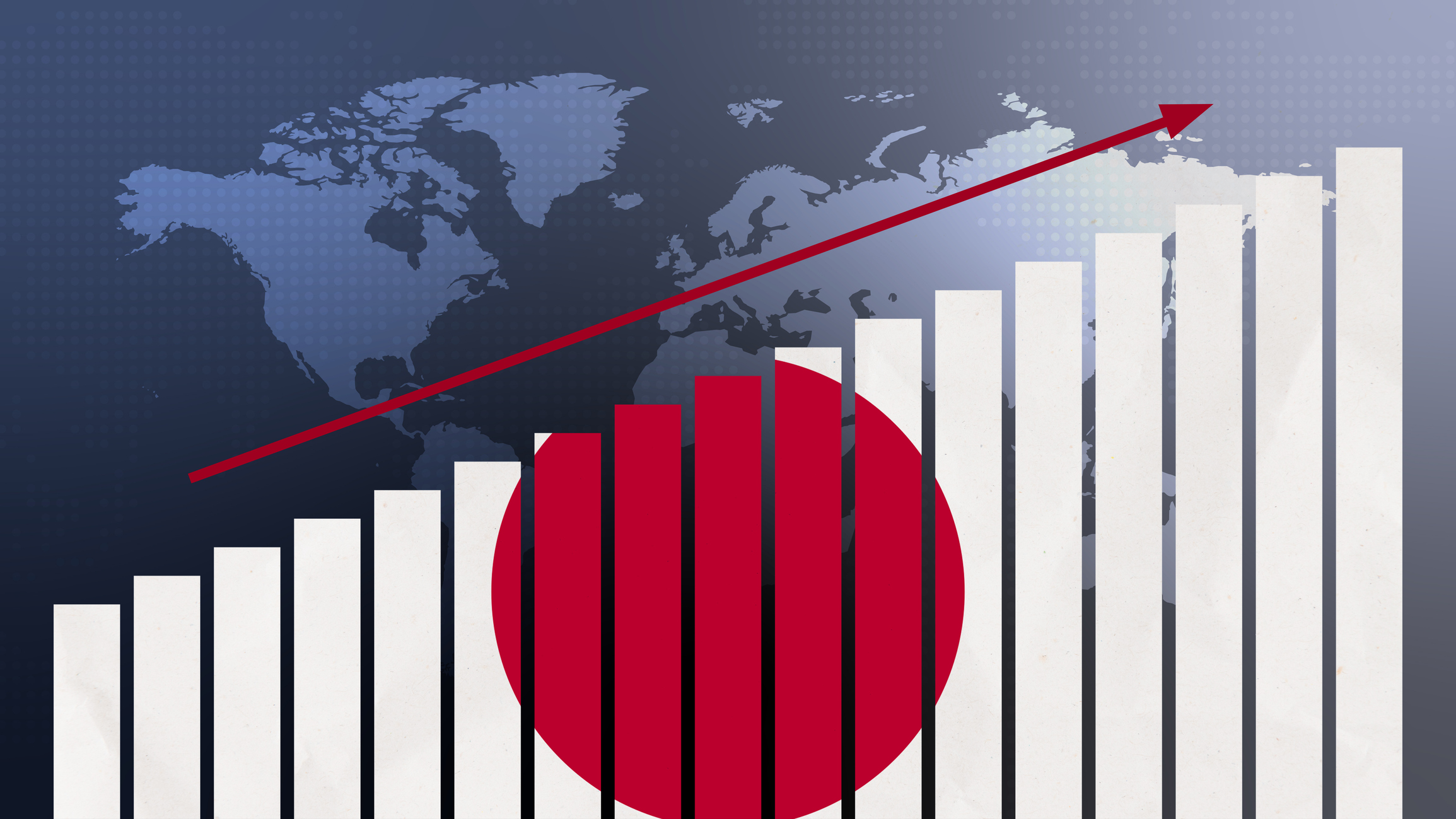Stock Basics: Establish Your Game Plan
A personalized approach and investing at regular intervals are the best ways to build wealth.
Do you own stocks or stock funds? If the answer is yes, this tutorial can help you develop a portfolio that makes sense for you. If the answer is no, this planning center has the information and advice you need to confidently place your first buy order.
By yourself you can't possibly sort through the thousands of stock issues traded on the various exchanges and over the counter, searching for a few good prospects to buy.
Once in a while you may come across an interesting company through business or personal contacts. For the most part, though, you have to look for investment prospects among the recommendations of the brokerage firms and financial publications.

Sign up for Kiplinger’s Free E-Newsletters
Profit and prosper with the best of expert advice on investing, taxes, retirement, personal finance and more - straight to your e-mail.
Profit and prosper with the best of expert advice - straight to your e-mail.
Sifting through their leads will be easier if you first take the time to decide on an overall investment approach. Then you can see how suggested stocks might fit into it. The next step is setting up a regular schedule of investing, and sticking with it no matter which direction the market moves.
The following investment approaches aren't mutually exclusive. Many successful investing plans contain elements of each. Balance is the key.
Buying and Holding
Investors in this category hold their stocks for a long time — five or ten years or more. They sit tight during market declines (or use them as opportunities to buy more stocks at lower prices), confident that the inherent strength of their companies will reward them with higher earnings, dividends and prices.
If you're essentially a conservative buy-and-hold type (and for most people this is the most sensible attitude), look for blue chips — big companies with consistently high earnings and a record of increasing dividends.
Counting on Diversity
How many stocks does it take to diversify enough? That depends on several factors. One study indicates that you need a minimum of ten separate issues if you're dealing with high-quality companies.
Another way to spread the risk would be to buy just a few individual stocks and buffer them with shares in mutual funds, or to stick with mutual funds exclusively because their portfolios usually hold no fewer than several dozen issues.
Betting on One Industry
Certain industries grab the headlines from time to time because of economic or social trends, technological developments or marketing innovations. This can create whole new industries seemingly overnight — managed health care and computer software, for example.
The opportunity to profit from such industries lies in discovering the winning companies before the boom starts or while it is in its early stages. You get maximum oomph from so-called pure-play companies, those that specialize in the field and so stand to gain most.
Many big corporations are so highly diversified that gains in any one product may not substantially increase total profits. In the best of circumstances, you might find a company that turns into a growth leader that you can hold for the long haul.
Workers in a particular industry are better placed than outsiders to spot opportunities there, so look first in your own field. Trade journals sometimes provide good clues, and many professional analysts read them religiously.
Swinging for the Fences
When you're hoping for a big score, the long-term qualities of a stock aren't as important as the near-term potential. You're looking for home runs: sexy companies selling stock to the public for the first time, corporations likely to be bought out or to buy another company, "concept" companies promoting some new product or service, or turnaround stocks that have been severely depressed and are expected to snap back.
You can speculate even with a conservative stock by the way you buy and sell it. Buying on margin (financing part of the purchase with a loan from the broker) and selling short (selling shares borrowed through the broker in the hope of replacing them later with shares bought at a lower price) increase the risk and the potential return.
Confine this sort of activity to a small part of your portfolio, because the actions that you hope will boost your reward are the very actions that will boost your loss if you're wrong.
Make Investing a Habit
Whichever approach you choose, you can smooth out the ups and downs of the stock market through dollar-cost averaging. It works like this: You invest a fixed amount on a regular schedule, paying no heed to the level of prices at the time.
The amount can be $25 a month, $50 a month, $500 a month — whatever fits your budget.
Your fixed number of dollars will automatically buy more shares when prices are low than they will when prices are high.
As a result, the average purchase price of your stock will be lower than the average of the market prices over the same length of time.
QUIZ: Test Your Investing IQ
Dollar-cost averaging won't automatically produce a profit. But by investing on a regular schedule and sticking with your plan, you're virtually guaranteed to do better in a generally rising market than investors who try to time market highs and lows. History shows that the odds are strongly against that kind of timing.
Get Kiplinger Today newsletter — free
Profit and prosper with the best of Kiplinger's advice on investing, taxes, retirement, personal finance and much more. Delivered daily. Enter your email in the box and click Sign Me Up.
-
 The Economic Impact of the US-China Trade War
The Economic Impact of the US-China Trade WarThe Letter The US-China trade war will impact US consumers and business. The decoupling process could be messy.
By David Payne
-
 Retire in Malta for Quiet Coastal Perfection
Retire in Malta for Quiet Coastal PerfectionSeemingly remote yet easily accessible to other points in Europe, sunny Malta offers paths to citizenship and residency for families and retirees.
By Drew Limsky
-
 The Economic Impact of the US-China Trade War
The Economic Impact of the US-China Trade WarThe Letter The US-China trade war will impact US consumers and business. The decoupling process could be messy.
By David Payne
-
 What DOGE is Doing Now
What DOGE is Doing NowThe Kiplinger Letter As Musk's DOGE pursues its ambitious agenda, uncertainty and legal challenges are mounting — causing frustration for Trump.
By Matthew Housiaux
-
 A Move Away From Free Trade
A Move Away From Free TradeThe Letter President Trump says long-term gain will be worth short-term pain, but the pain could be significant this year.
By David Payne
-
 Trump’s Whirlwind Month of Crypto Moves
Trump’s Whirlwind Month of Crypto MovesThe Kiplinger Letter The Trump administration wants to strengthen U.S. leadership in the cryptocurrency industry by providing regulatory clarity.
By Rodrigo Sermeño
-
 What Could Derail the Economy This Year?
What Could Derail the Economy This Year?The Letter While the outlook for the U.S. economy is mostly favorable, there are plenty of risks that bear watching.
By David Payne
-
 Three Ways President Trump Could Impact the Economy
Three Ways President Trump Could Impact the EconomyThe Letter Some of Trump's top priorities could boost economic growth, but others risk fueling inflation.
By David Payne
-
 Europe Faces Economic and Political Headwinds Next Year
Europe Faces Economic and Political Headwinds Next YearThe Letter Challenges for Europe: Potential tariffs, high energy prices and more competition from China will weigh on the bloc in 2025.
By Rodrigo Sermeño
-
 Don't Sleep on Japan's Economic Transformation
Don't Sleep on Japan's Economic TransformationThe Letter After almost three lost decades, Japan — one of the world's biggest economies — is finally showing signs of life.
By Rodrigo Sermeño